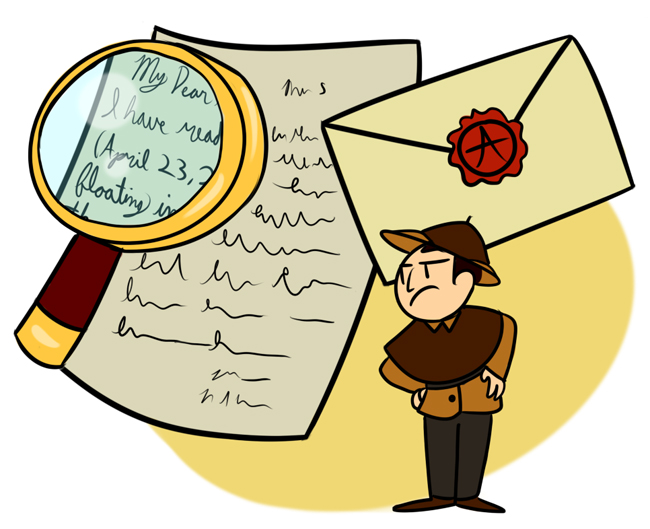From love letters hesitantly passed across middle school classrooms to cryptic prescriptions scrawled by doctors, handwriting has long been overanalyzed. Statements like, “Look at the way he loops his O’s; he’s a pathological liar,” or, “Is that a droopy ‘a?’ That’s a sign of fear,” are proclaimed with little questioning.
The idea that handwriting reveals our personality and other character traits is the premise of graphology. If a large company needs a way to see beyond the résumés of job applicants, graphologists can offer up their services. These same experts also use handwriting to tell engaged couples whether their marriage has the potential to last. Unfortunately, couples are going to need to find out for themselves the old-fashioned way because graphology’s claims of deep, personal insight typically don’t hold up against testing the theory.
To test the validity of graphology and the studies surrounding it, two researchers in Israel put together an analysis and carefully vetted which studies to include. The researchers looked at the best of these studies and combined the results to gain a more accurate picture as to whether handwriting reveals anything about ourselves.
It is possible to predict certain personality attributes by chance alone. To combat this, a study needs to compare predictions made by experts with those of laypeople. This became especially important in studies that use autobiographical samples, which contain information about the subject’s personality in the context of the analyzed writing.
When looking at studies that had the proper comparison, in addition to quantifiable predictions and decent sample sizes, the meta-analysis couldn’t find any merit to graphology. However, it’s still possible to find things that can be inferred from handwriting.
About 75 percent of the time, people can predict gender on the basis of handwriting, although this number varies quite a bit from study to study. A computer system did not score as well as humans but still managed about 67 percent accuracy guessing gender from handwriting alone. It also managed an impressive 85 percent success rate in guessing right- or left-handedness.
There is some correlation between gender and legibility, as women tend to write more clearly than men do. Another stereotype labels doctors as notoriously poor penmen, but studies are inconsistent as to whether their writing is any worse than the rest of the population’s.
While graphology is not backed by science, there is still a certain science that comes with handwriting. Forgery analysis has stronger scientific proof. In one study, experts were only tricked by forged signatures about 0.5 percent of the time, compared to a layperson’s 6.5 percent, which, all things being equal, is still very impressive.
As for any love notes received in class, the best bet to finding Mr. Right is always to look at what he writes rather than how he writes.





















